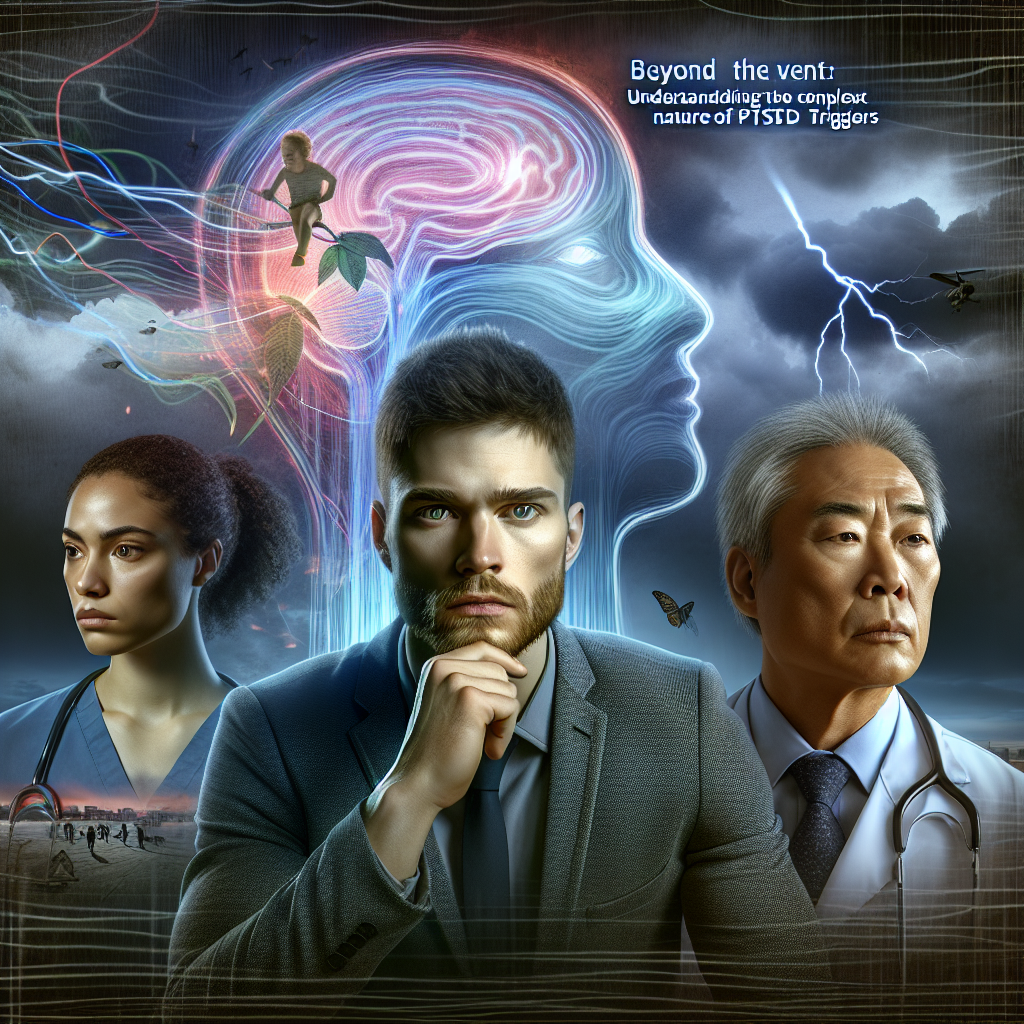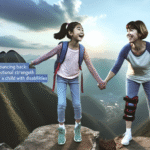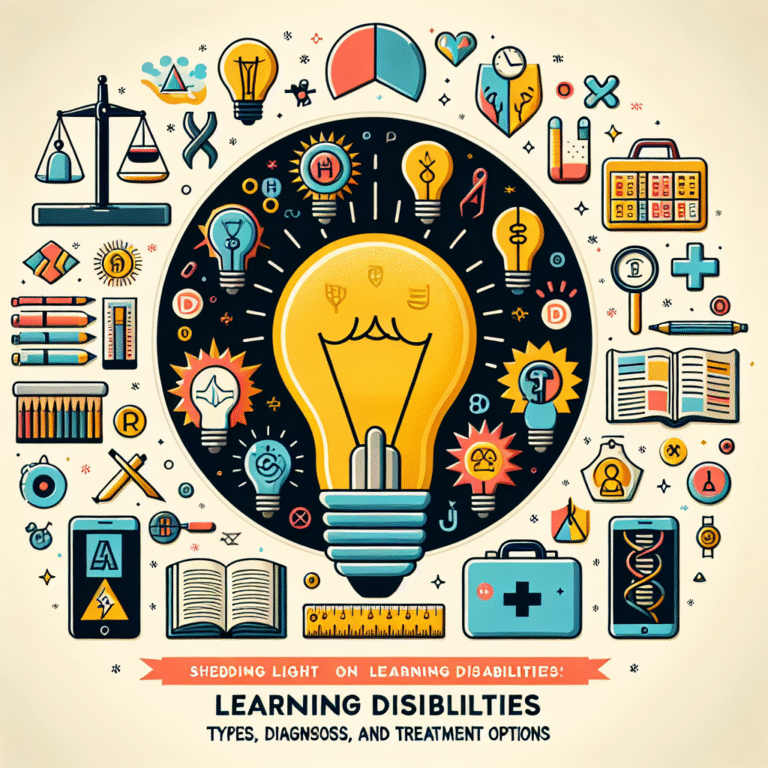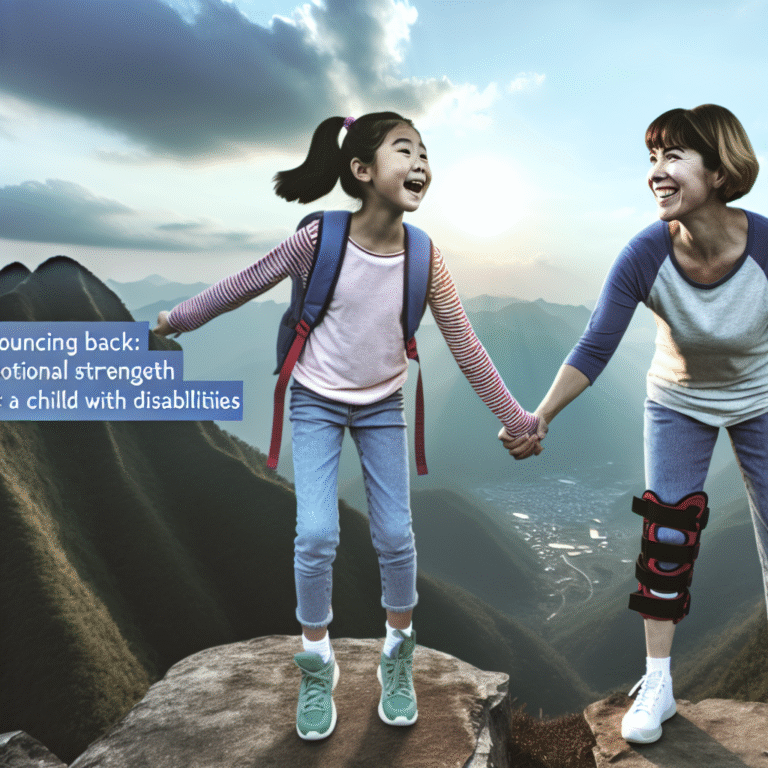
Beyond the Event: Understanding the Complex Nature of PTSD Triggers
Introduction
When we hear the word "trauma," our minds often immediately associate it with a singular, devastating event. However, this perspective can be misleading, particularly in understanding Post-Traumatic Stress Disorder (PTSD). The reality is far more complex and nuanced. In our journey to comprehend the intricacies surrounding PTSD, we must look beyond the event that initially caused the trauma. Beyond the Event: Understanding the Complex Nature of PTSD Triggers provides a more profound lens through which we can examine and address this pervasive condition, helping those affected navigate the often tumultuous waters of recovery and healing.
PTSD is not merely a response to a singular event; it is a multifaceted disorder that intertwines various triggers—from environmental cues to emotional states. Individuals may experience flashbacks, heightened anxiety, or distressing memories long after the trauma has occurred. Understanding these triggers and their interplay is crucial. This article aims to dissect the layers of PTSD triggers, providing insights and actionable strategies for those seeking to reclaim their lives from the shadows of trauma.
The Nature of PTSD
What is PTSD?
Post-Traumatic Stress Disorder is a mental health condition that can arise in the wake of experiencing or witnessing traumatic events, such as combat, sexual assault, natural disasters, or severe accidents. The symptoms of PTSD can be debilitating, affecting daily life, relationships, and overall well-being. The hallmark symptoms include:
- Re-experiencing Symptoms: Flashbacks, nightmares, and intrusive thoughts related to the traumatic event.
- Avoidance Symptoms: Deliberately avoiding reminders of the trauma, including places, people, or conversations.
- Negative Changes in Cognition and Mood: Feelings of guilt, shame, or detachment from loved ones.
- Arousal Symptoms: Hypervigilance, irritability, and difficulty sleeping.
Understanding PTSD begins with acknowledging that individuals may trigger these symptoms long after the initial trauma, which leads us to explore the intricate web of PTSD triggers.
The Spectrum of Triggers
Beyond the Event: Understanding the Complex Nature of PTSD Triggers invites us to categorize triggers into different spectrums. Triggers can be broadly divided into two categories: external and internal triggers.
External Triggers
External triggers may include sensory experiences or environmental factors that remind the individual of their trauma. These could range from seeing a specific location in a film to experiencing a loud noise that evokes memories of battle.
- Case Study Highlight: Consider John, a Vietnam War veteran. He experiences sudden panic attacks when he hears fireworks during Fourth of July celebrations—a stark reminder of the bombings he witnessed. For John, the external trigger of fireworks highlights the crucial need for social sensitivity in public events.
| Type of Trigger | Examples | Response |
|---|---|---|
| External | Sounds, sights, smells | Panic, anxiety |
| Internal | Thoughts, memories, emotions | Sadness, irritability |
Internal Triggers
On the other hand, internal triggers originate from within and can manifest as distressing thoughts or feelings. For example, an individual may feel flooded with memories when reminded of a past relationship that ended badly.
- Case Study Highlight: Emily, a survivor of domestic violence, experiences sadness and anger whenever she sees a certain type of car that her abuser drove. This internal trigger not only reignites her trauma but also leads to challenges in her present relationships.
The Role of Context in Triggers
Triggers also exist within a context. An external trigger like a crowded room may not provoke anxiety in all individuals; personal history significantly influences how someone responds. Two people with similar traumas might react differently to the same trigger. Factors such as personal resilience, support systems, and coping strategies play essential roles.
The Importance of Awareness and Education
Understanding Triggers Through Education
To effectively address PTSD, one must first become educated on the topic. Awareness can empower individuals to recognize their own triggers instead of feeling helpless against them.
- Strategy for Action: Keeping a journal to document when triggers arise can help individuals and their therapists develop better coping strategies.
Increasing Social Awareness
Communities need to foster environments that are sensitive to individuals dealing with PTSD. Education about the complexities surrounding PTSD triggers is vital for reducing stigma and fostering understanding.
- Research Insight: A 2020 study published in the Journal of Traumatic Stress highlights that community outreach programs significantly reduce stigma around mental health issues, leading to increased support for individuals with PTSD.
| Awareness Program | Outcomes |
|---|---|
| Community Workshops | Increase in empathy and support |
| Educational Seminars | Reduction in stigma |
Coping Mechanisms and Strategies
Mindfulness and Grounding Techniques
One effective approach in managing PTSD triggers is through mindfulness and grounding techniques. These methods encourage individuals to stay present and engage with their immediate surroundings, which can help mitigate anxiety.
- Example: If someone like John feels panic when hearing fireworks, he might use deep breathing exercises or focus on the feel of the ground beneath his feet to ground himself in the present moment.
Cognitive Behavioral Therapy (CBT)
Cognitive Behavioral Therapy, or CBT, is a well-researched treatment for PTSD. It helps individuals reframe their experiences and develop coping strategies to handle triggers more effectively.
- Specific Approach: Exposure therapy, a form of CBT, involves gradual exposure to the traumatic memory in a controlled manner, allowing individuals to desensitize their responses over time.
Support Systems
Building and maintaining a strong support system is essential for individuals coping with PTSD. This could include family, friends, or dedicated support groups where individuals can share experiences and coping strategies.
- Case Study Highlight: Sarah, a young woman who experienced a severe car accident, found solace and strength through a support group. The shared experiences in this group helped her realize she was not alone in her journey, empowering her to tackle her triggers head-on.
The Path Forward: Healing Beyond the Event
The Journey of Recovery
Recovery from PTSD is not linear; it often involves setbacks. However, embracing the process and acknowledging the complexity of triggers is a vital step towards healing.
- Inspiration Insight: Many who face PTSD find strength in storytelling—either through writing or sharing their experience. This not only fosters community but can also act as a therapeutic release.
Professional Help and Resources
For those overwhelmed by triggers, seeking help from mental health professionals is vital. Therapy, medication, or a combination of both may be necessary for some individuals.
- Resource Highlight: The National Center for PTSD offers extensive resources, including self-help tools and directories for finding mental health professionals.
Conclusion
Understanding the complexities of PTSD triggers requires a shift in perspective—beyond the event that initially caused the trauma. Recognizing the myriad factors that contribute to PTSD can empower individuals to navigate their healing journeys. Through education, awareness, supportive communities, and effective coping strategies, we can pave a path toward recovery. Let us take the insights discussed here and inspire ourselves and others, leading to greater understanding and compassion for those grappling with PTSD.
FAQs
1. What are the most common triggers for PTSD?
Common triggers for PTSD can include specific sounds, smells, sights, or locations associated with the traumatic event. Internal triggers such as thoughts or emotional states can also provoke distressing reactions.
2. How can I recognize my triggers?
Keeping a journal to log when triggers occur can help identify patterns and specific environmental or emotional cues. Consulting with a mental health professional can also aid in recognizing and managing triggers.
3. Can PTSD be treated effectively?
Yes, PTSD can be effectively treated through various approaches, including Cognitive Behavioral Therapy, mindfulness practices, and medication. Seeking support from mental health professionals is crucial.
4. Is it normal to experience triggers years after a traumatic event?
Absolutely. PTSD can manifest long after the traumatic incident, and triggers can emerge unexpectedly. This is why understanding PTSD triggers is key to recovery.
5. How can family members help someone with PTSD?
Family members can support individuals with PTSD by being understanding, patient, and encouraging open communication. Educating themselves about PTSD can also help reduce stigma and foster a supportive environment.
This well-rounded exploration of Beyond the Event: Understanding the Complex Nature of PTSD Triggers aims to unravel the intricacies of PTSD triggers, offering insights and practical tools for those on the path to recovery. Through ongoing education, compassion, and a commitment to healing, we can contribute to a more informed and empathetic world.

















